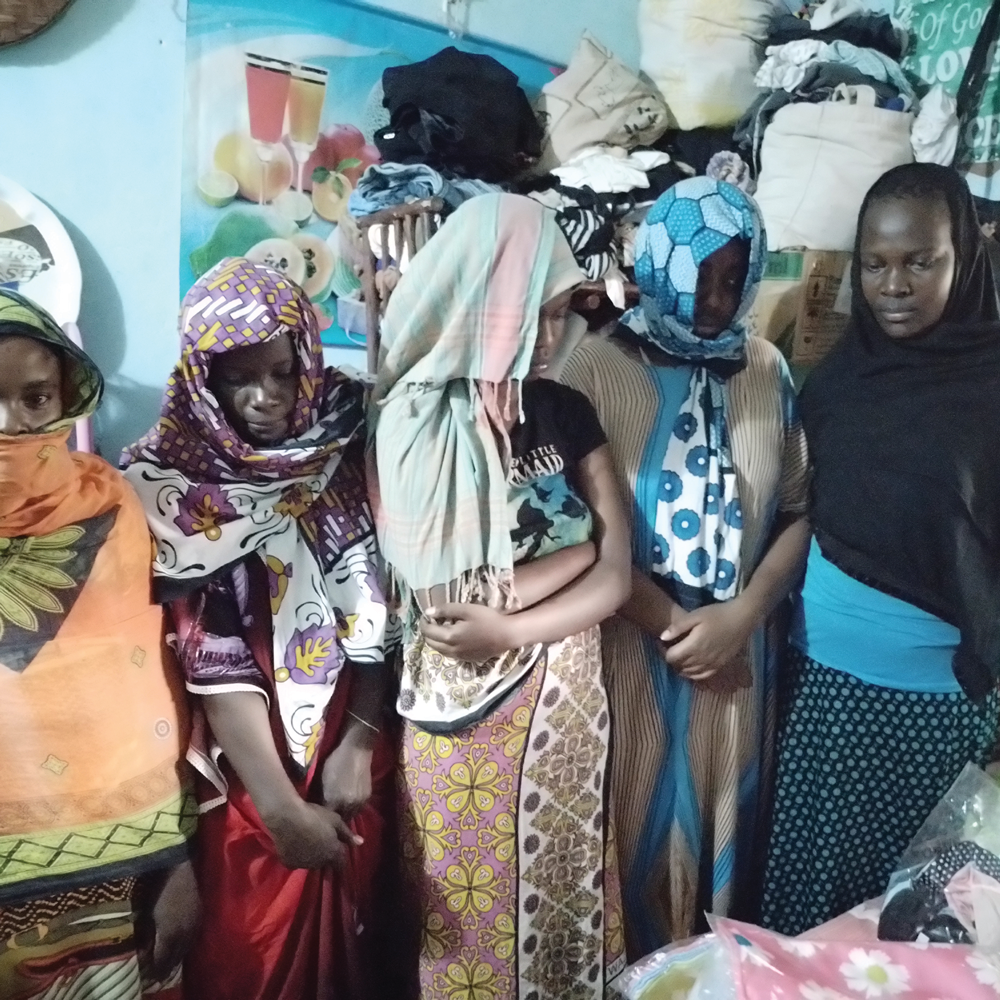Madison Cox, who heads The Yves Saint Laurent Museum, invited me over from London. I’d broken my rule, because Saint Laurent evokes something deeper and wilder to me than luxury, and I’d written a preface for the catalogue to a show of lamé and brocade titled “Gold”.
I had not yet seen the couture house at 5 avenue Marceau as a museum, and my new husband, a mathematician, has not known that world at all.
Inside the Café Flore, the red banquettes looked the same, the mirrors looked just as old, the waiters younger, and the patrons were strangers, mostly female
Brexit replaced imported Gruyère in UK supermarkets with British cheddar, and replaced smooth boarding on the Eurostar with security scrums and immigration queues. The ride itself was still a joy and a miracle. I don’t like tunnels, but this one goes by so fast, and then I’m home, at either end.
In the hotel, the chambermaid was Ukrainian, determined to give us water and a chocolate bar. It seemed the wrong way around.
As we walked up the Boulevard Saint Germain in a beautiful dusk hush, I didn’t wonder why the dusk was, in fact, hushed. In Paris, dusk is the time of maximum traffic and noise and hurry and misery. I didn’t know that a strike had paralysed the distribution of petrol.
We walked past the umbrella shop that no longer sells umbrellas, past the overly glossy kitchen equipment shops, past the not-very-good-bookshop that may have upped its game now that the great bookshop La Hune has given way to a useless Louis Vuitton boutique.
Inside the Café Flore, the red banquettes looked the same, though cleaner, the mirrors looked just as old, the waiters younger, and the patrons were strangers, mostly female.
I hoped none were PRs from the Vogue life. But a closer look told me that fashion itself had vanished. The most stylish woman there had pinned a tiny toy racoon to an edge of her poncho.
The stairs are as steep as ever, with the glass-sided shadow-box hunkering by the window just as the steps curve towards the right, those stairs I used to race up to get to the phone booth or the toilet, and then I’d repowder my nose, recolour my lips, redraw my eyes so as to descend those stairs at the right pace to scope out the room while putting on a show of being me, all the way down into the fug of cigarettes, the mingled breaths, the autumn smell of moist coats and new clothes and recent sex and dense perfume. At twenty I despised authority and loved the expectation at the Flore, the constant hope that another chance would soon come through that door.
Now I wanted to reach through time to give my husband the late afternoons I knew here, the early winter dark, the unlimited summer daylight, with Jane from school who’d introduced me to everyone, Antonio in a Panama hat and Juan and Karl with all the pins on his lapels, all of us posing on the shining red banquettes, catching our reflections in the mirrors. And watching us always from another table was Shirley Goldfarb, a sententious Beatnik painter from the 1950s, out of time and out of place – it was said David Hockney admired her work, but artists were like that, they didn’t understand trends. We loved the 1930s, we did not love the 1950s.
Shirley Goldfarb wanted to be us. We skirted her, ignored her greetings, treated her as badly as the Parisians did. Given half a chance, in private gatherings, she would sing show tunes, often “Over the Rainbow”.
Years later, when Shirley Goldfarb was older, and ill, a young Madison Cox came to Paris. He sat with Shirley at the Flore, he heard her, he arranged for her to give a concert at the Theatre De l’Athénée, and he invited everyone who had avoided her. He was well connected; they all came. Shirley Goldfarb sang her songs, including “Over the Rainbow”, the elegant Parisians applauded her at last, and she died, one dream fulfilled.
And that is why I love Madison Cox.
I did not tell this story that first evening in Paris.
My husband drank a glass of red wine, fixed in the present. I’d brought him into a setting from my past, I wanted him to feel its old buzz. There was no old buzz left, except for the box on the stairs.








7 Comments. Leave new
Good read! Thank you.
Joan, this is you at your very best.
I feel like I am in Paris with you alarmed and unnerved by wants to come and what is
Joan’s writing leaves me agog…
You can’t go home again, seems to be the message of this essay. I have lived in Paris for over 28 years without nostalgia. I never hung out at the Flore and never wore Yves St. Laurent even at 50 percent off. I came to Paris for its art and history and beauty. For those things alone I have found endless riches. I also met the love of my life 21 years ago….
Joan’s writing is gorgeously evocative. I want to be there. I feel like I was there through her words.
I gobbled up these visions and memories. Delicious popcorn. Thank you Joan